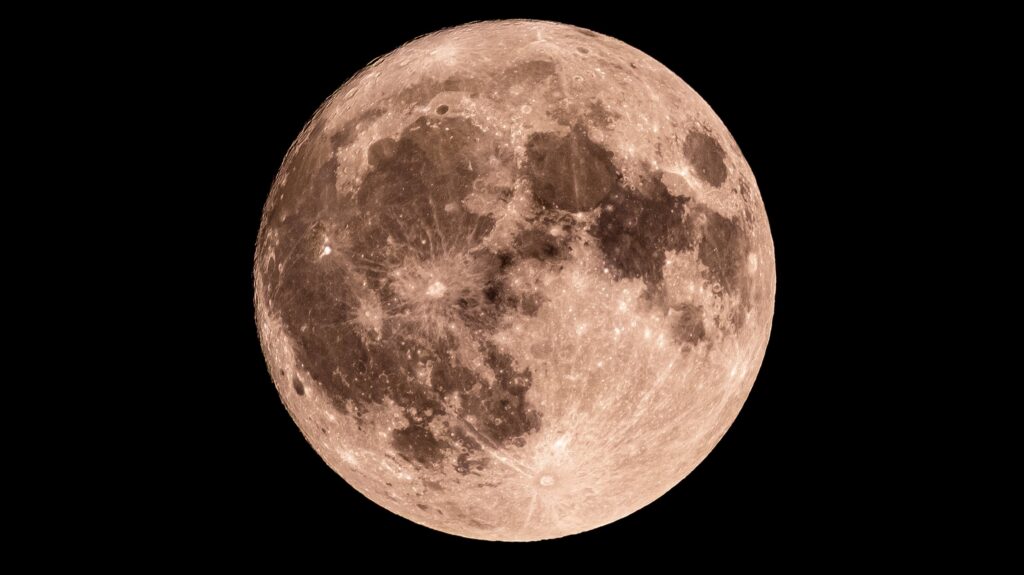
On November 11, 2023, skywatchers will observe the moon in its waning gibbous phase, with approximately 57% of its surface illuminated. As the moon gradually diminishes in size, it presents a unique opportunity for enthusiasts and casual observers alike to catch sight of its fascinating features. This phase occurs just before the Third Quarter, allowing for notable visibility of various lunar landmarks.
During this evening, the illuminated side of the moon reveals captivating geological formations. The Aristarchus Plateau, Mare Imbrium, and Tycho Crater are all discernible to the naked eye. For those equipped with binoculars, additional details such as the Alphonsus Crater, Gassendi Crater, and Clavius Crater become visible, enhancing the lunar experience. Telescopes offer an even closer look, allowing observers to pinpoint the landing sites of the Apollo missions 14, 15, and 16.
Understanding Lunar Phases
The moon’s phases result from its continuous orbit around Earth, which takes about 29.5 days. This cyclical journey leads to varying appearances as sunlight reflects off its surface. According to NASA, the moon transitions through eight distinct phases, each marked by specific visual characteristics.
1. **New Moon**: The moon is positioned between the Earth and the sun, rendering it invisible.
2. **Waxing Crescent**: A small segment of the moon’s right side begins to illuminate.
3. **First Quarter**: The moon appears as a half-moon, lit on the right side.
4. **Waxing Gibbous**: More than half of the moon is illuminated but not fully.
5. **Full Moon**: The entire face of the moon is visible and fully illuminated.
6. **Waning Gibbous**: The illumination decreases on the right side.
7. **Third Quarter (or Last Quarter)**: The left side of the moon is now illuminated, appearing as another half-moon.
8. **Waning Crescent**: A thin sliver of light remains on the left side before the cycle starts again.
The next full moon will occur on December 4, 2023, providing another chance for enthusiasts to witness the moon at its brightest.
As the moon continues its nightly journey, each phase offers a different view and an opportunity to appreciate the natural beauty of our celestial neighbor. Whether through a telescope, binoculars, or simply the naked eye, tonight’s waning gibbous moon promises to be a captivating sight.






